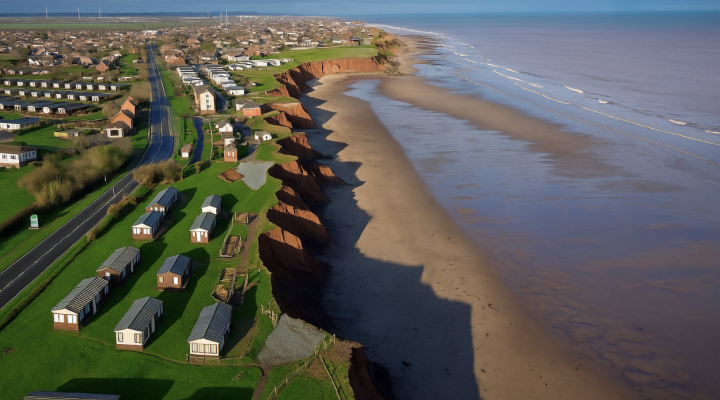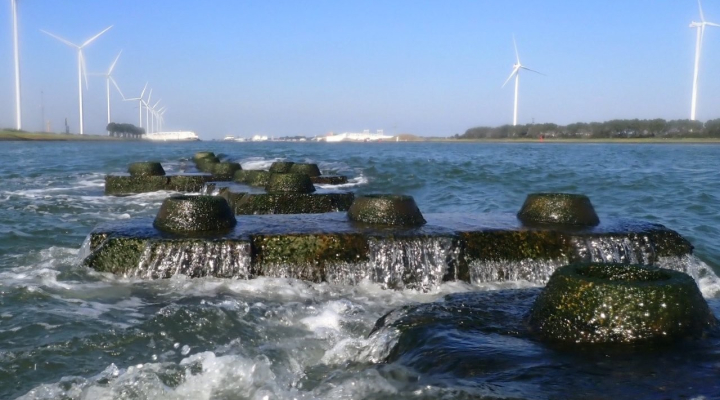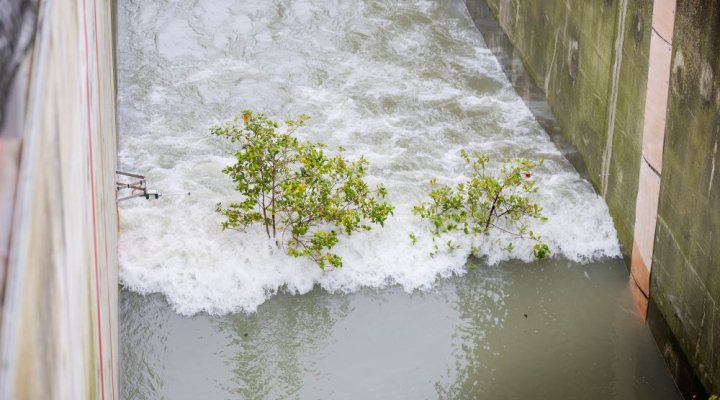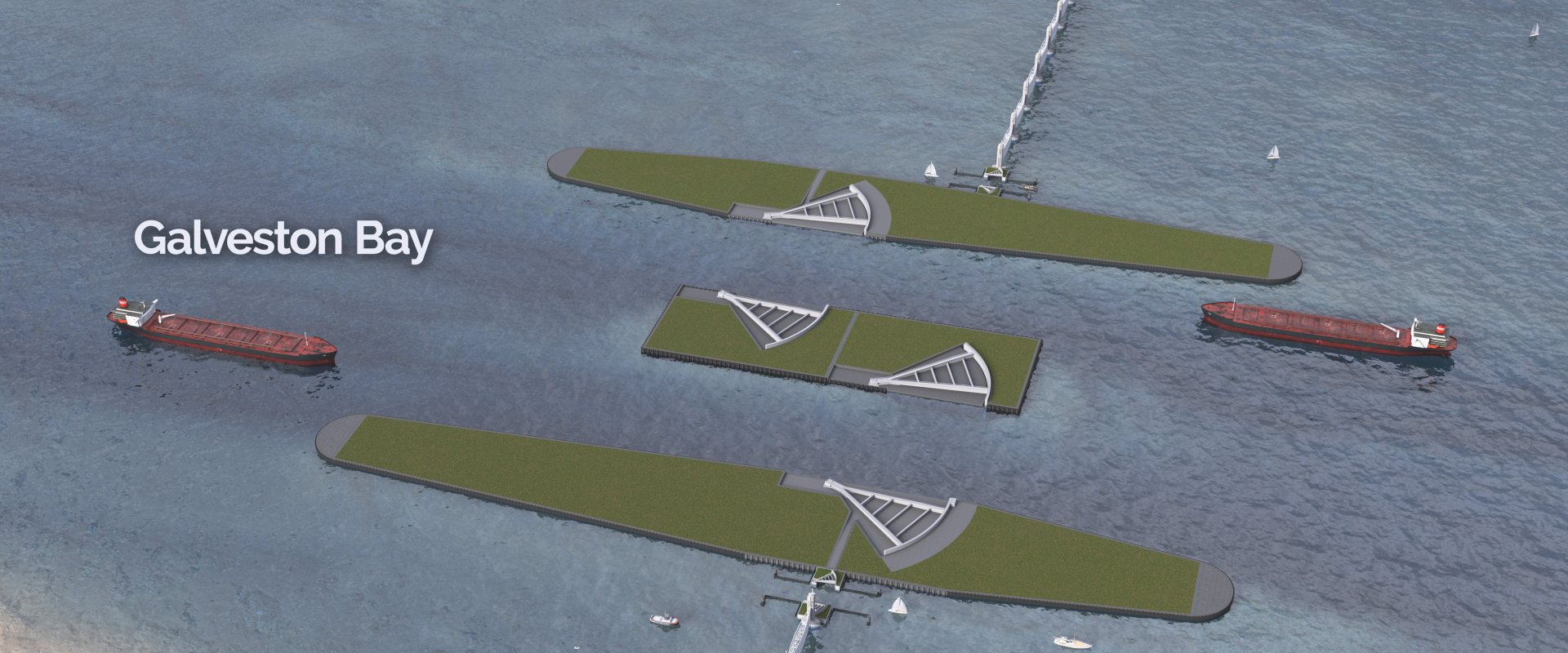
Design Texas storm surge barrier enters final stage
The design of a 3 km storm surge barrier to protect Texas Galveston Bay and Houston harbour from future hurricanes, is in a final stage and almost ready for financial approval.
Professor Bas Jonkman, Hydraulic Engineer at Delft University of Technology, recently spoke at a meeting by the Gulf Coast Protection District (GCPD) about the design and the comparison with existing Dutch storm surge barriers.
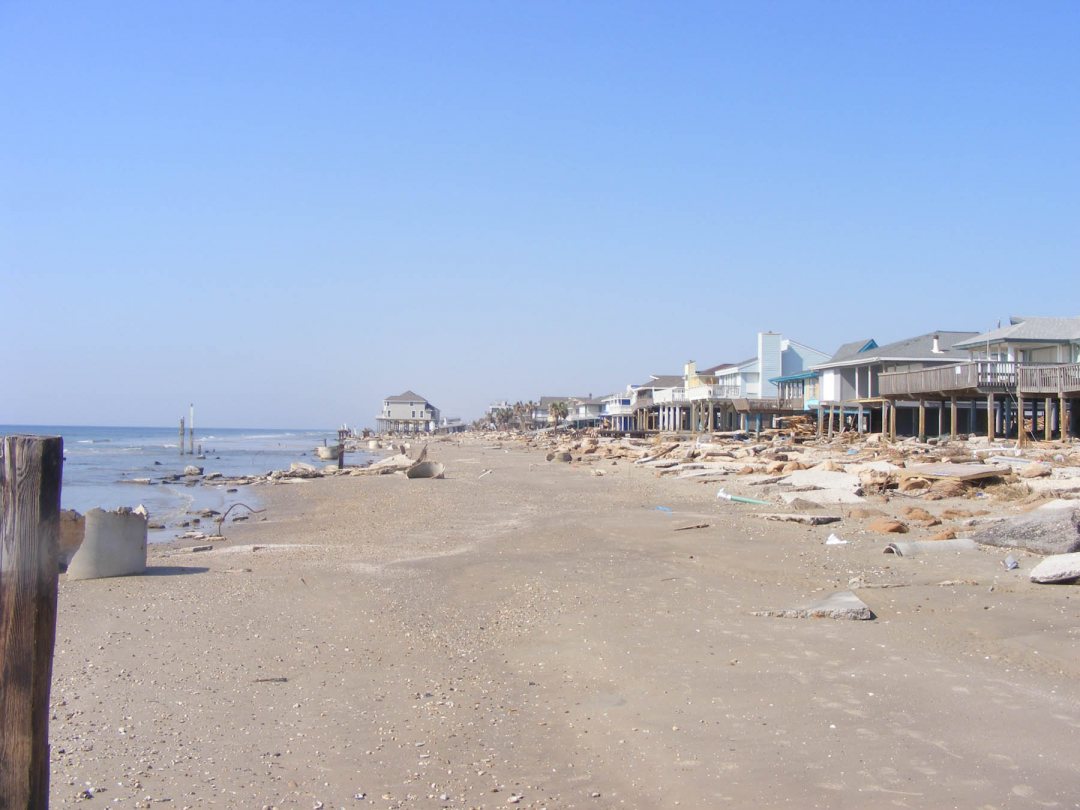

Massive storm surges
In September the US Army Corps of Engineers released a final feasibility report on a recommended Texas coastal protection plan. This plan includes a dune enforcement along the coast of Texas, a ring levee around Galveston and a storm surge barrier for the entrance to the Galveston Bay.
The flood protection project is also known as the Ike Dike, named after category 4 hurricane Ike that hit the upper Texas coast on 13 September 2008. Near the peninsula of Galveston, the hurricane caused a 3.7 meter high storm surge and caused catastrophic damage on the whole Texas coast.
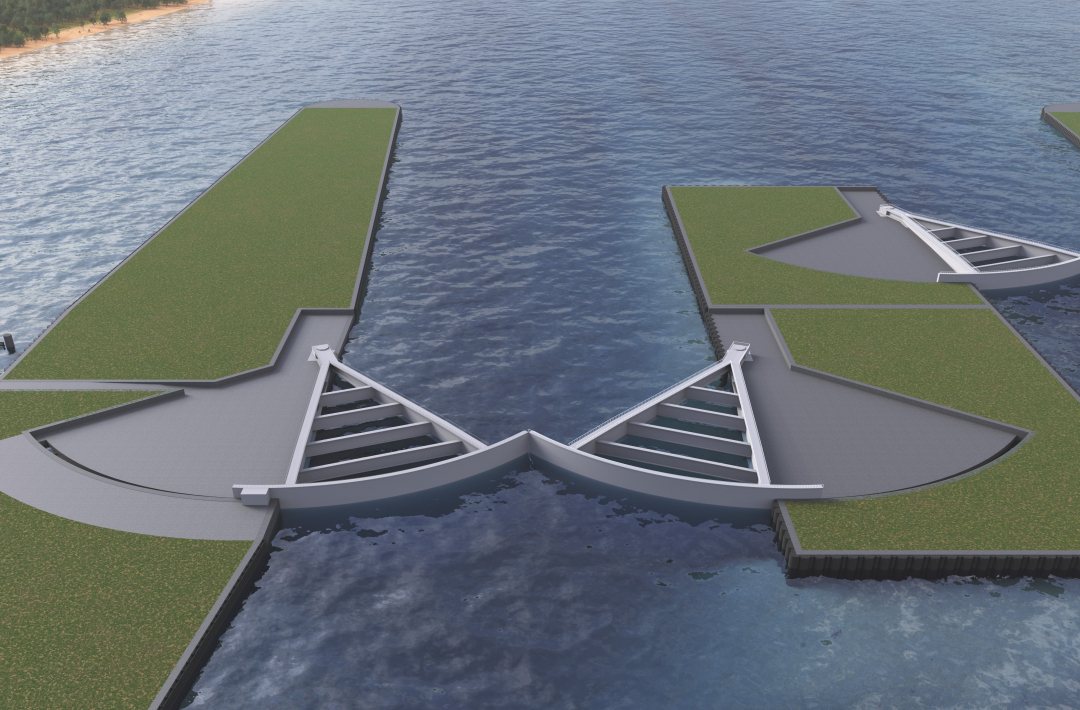

Open barrier
Thirteen years after the devastation, a detailed plan has been released to improve the Texas coastal protection. The costs are estimated between 25 to 35 billion US dollars and the final preparation before the construction can start, are expected to take at least 5 more years. US partners have collaborated with Delft University of Technology to use lessons learned from Dutch large-scale flood protection programmes to develop this new design.
Centerpiece of civil engineering is the storm surge barrier to shut off the Galveston Bay prior to a hurricane. In the latest design the barrier consists of vertical lift gates that are normally open so the tide can flow naturally.
At the heart of the barrier, two surge gates with two floating doors each can be closed prior to a storm surge.


Combination of existing Dutch barriers
According to professor Bas Jonkman the design combines the concepts of two of the world’s biggest existing storm surge barriers in The Netherlands: the Maeslant barrier (in the shipping lane towards the Rotterdam harbour) and the Eastern Scheldt barrier (in the inlet of a large coastal bay).
"There are two main issues for the barrier near Galveston", Jonkman explains. "Firstly, the shipping lane to the port of Houston must be kept open. Secondly, it is important to allow as much inflow as possible through the bay entrance to minimize the effects on the environment."
Jonkman notes the resemblance with existing Dutch barriers. "For the shipping lane towards Houston harbour there are many similarities to the Maeslant barrier. And the environmental friendly design with its vertical lift gates has many similarities with the Eastern Scheldt barrier."
"Experiences from both Dutch gates have been included in the designs for the barrier near Galveston", Jonkman notes. Several visits from US delegations to the Netherlands and visits made vice versa, confirm this.
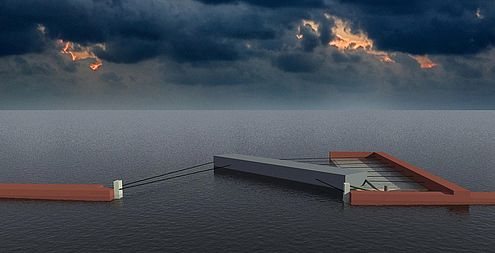

Alternative option
During his most recent visit, professor Jonkman was officially appointed as visiting professor at the Texas A&M University and presented to a Texas state commission that is to organise the financing and maintenance of the plan. In his presentation Jonkman highlighted the estimated costs of the Galveston barrier. Compared to existing barriers, these are much higher. He advised to further develop the design and also consider the future management and maintenance of the system,
Jonkman also mentioned the option of an alternative design in the form of a so-called barge gate barrier. This design consists of a floating steel or concrete barge that can be winched in place prior to a storm. A barge barrier is expected to be cheaper and has been already been studied by a team at the Delft University of Technology in cooperation with Dutch consultancy firms including IV Infra and Royal HaskoningDHV.
He anticipated on more collaboration by US and Dutch academia, government and business, to share expertise for further development of the design.
More information:
Ike Dike plan, Texas A&M university
Coastal Texas story map, USACE Galveston District




